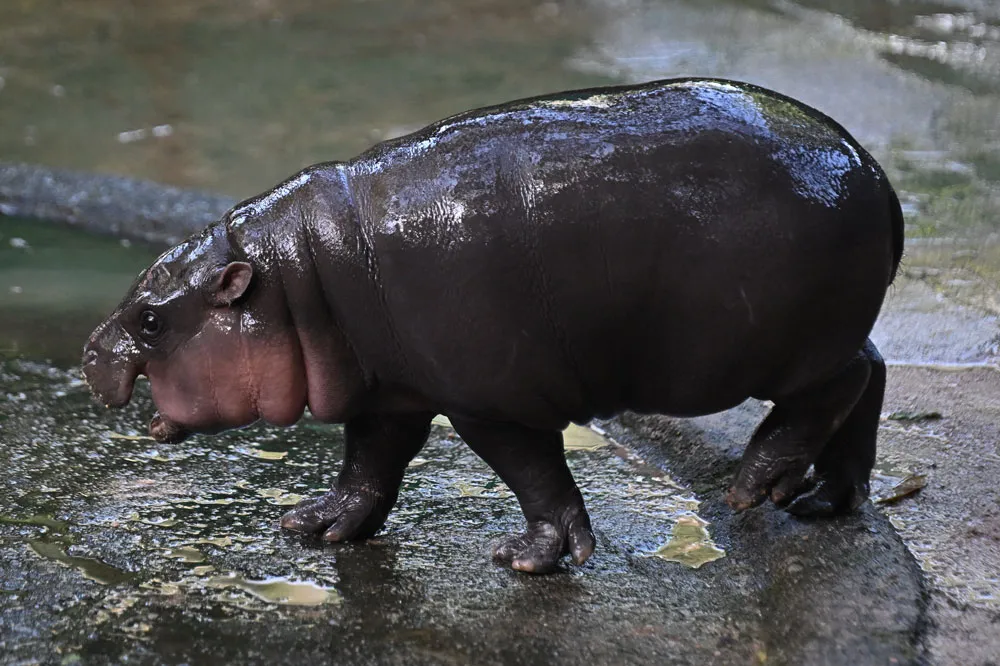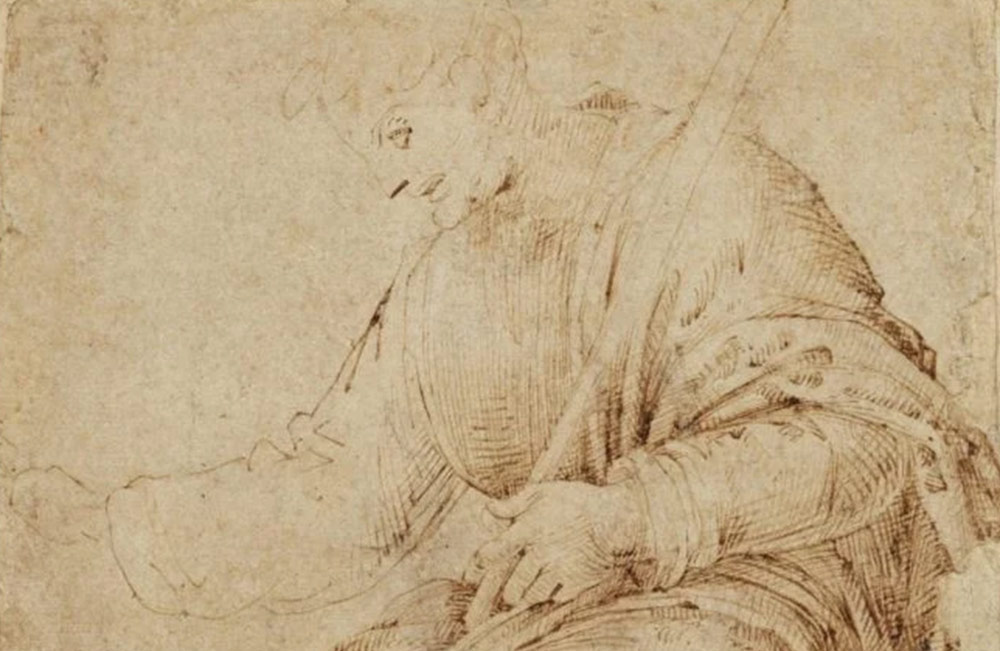This summer, as Charli XCX’s Brat era came to an end with a tweet bidding farewell to “brat summer,” a new internet obsession emerged: Moo Deng, the baby pygmy hippopotamus from Thailand’s Khao Kheow Open Zoo. Initially, the zoo’s charming videos of Moo Deng’s playful antics, from munching on snacks to posing for the camera, captured the hearts of millions across social media. Her sweet, carefree demeanor harkened back to the early days of viral content, reminiscent of when endearing animal videos dominated the internet.
But Moo Deng’s rise to fame was far from simple. While fan art, viral memes, and even a Wikipedia page for the hippo emerged, so did concerns for her safety. The zoo, overwhelmed by the surge in visitors, had to limit access to protect Moo Deng, fearing for her well-being after reports surfaced of visitors throwing objects at her. The situation echoed the overwhelming tourist management challenges faced by institutions like the Louvre and Sistine Chapel, where mass interest often overshadows the art itself.

Who truly owns Moo Deng’s image, and is it fair for the zoo to benefit from her sudden fame?
In an unexpected turn, the zoo announced plans to trademark Moo Deng’s image, a move aimed at funneling proceeds back into the zoo’s operations and improving conditions for all its animals. This decision, however, raised ethical questions reminiscent of past legal battles, such as the infamous case involving PETA and a viral monkey selfie.
The debate over Moo Deng’s image rights highlights the complications of viral fame in the digital age, where something as simple as a baby hippo’s cuteness can evolve into a complex cultural phenomenon involving ethical, legal, and financial considerations. As her popularity grows, the internet’s fascination with Moo Deng serves as a reminder of how quickly viral fame can transform from innocent adoration to a reflection of deeper societal dynamics.










